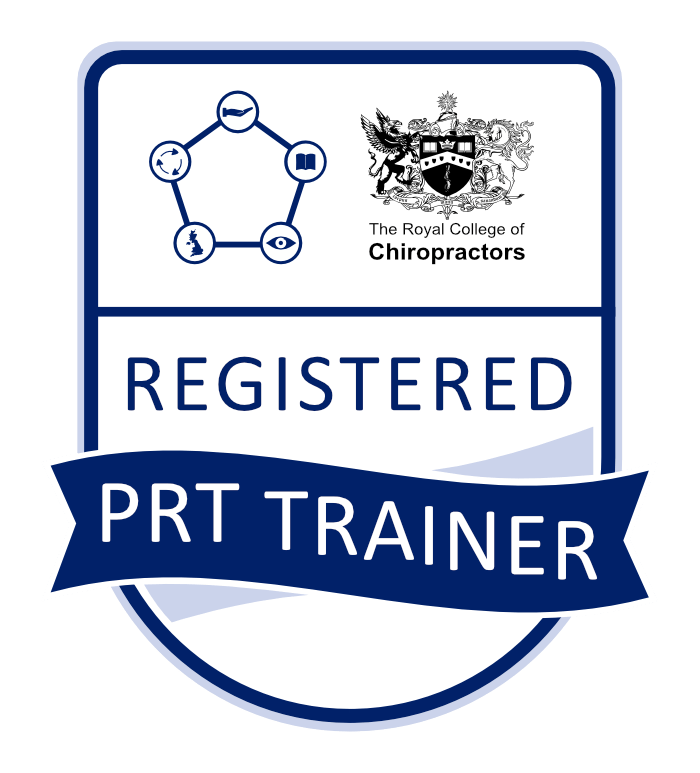The knee joint is the largest joint in the human body! It works as a hinge joint and isn’t really designed for twisting or bending side to side.
Knee pain is a very common complaint in patients of all ages and fitness levels. There are many different causes of knee pain, from problems with the muscles, ligaments and tendons, as well as problems with the cartilage or the joint itself. Knee pain can also be referred from other parts of the body. The hip, pelvis, sciatic nerve and surrounding tissues can all refer pain to the knee. Also, problems with other joints and tissues can have a knock-on effect in the knee. A hip problem that alters the way you walk, for example, can cause problems in the knee or foot. It is rare that a problem happens in isolation to one joint. The earlier help is sought for a problem the less time it has to manifest elsewhere.
We often see knee pain that is caused by degenerative changes within the hip joint. Degeneration, or osteoarthritis occurs when abnormal wearing of a joint occurs. This can happen as a result of accident or injury, or from overuse or repetitive micro-trauma (not loading the joint properly over a long period of time). Normally this develops in middle-aged or older people but can happen at a younger age if there has been an injury to the joint in the past.
With osteoarthritis there may be pain and loss of movement of the joint and it can cause problems in adjacent muscles, ligaments and joints. This can happen for a long time before a patient has to be considered for surgery but can feel debilitating! Chiropractors cannot reverse any degenerative changes that have already happened, but we can often improve levels of discomfort and mobility and allow normal activities to resume for patients.
Other knee problems we see can be due to sporting injuries, or problems which develop in the ligaments, tendons or cartilage. These can happen for a huge variety of reasons.
Our job as Chiropractors is to carefully assess each patient and work out what is causing the pain and why before we can recommend any particular treatment strategy and plan. We individually tailor a treatment plan according to your needs, age, physical and general health. Typically, treatment may include a range of therapeutic interventions including, but not limited to manipulation, mobilisation, massage and rehabilitative exercises.
There are some lifestyle changes you can make to decrease the likelihood of developing knee pain. Strength training combined with weight-bearing exercise helps keep the joint strong and supple. Prevention is better than cure! Listening to your body and not pushing to the point of injury, taking regular breaks and changing shoes regularly all help to keep your knees working their best.

